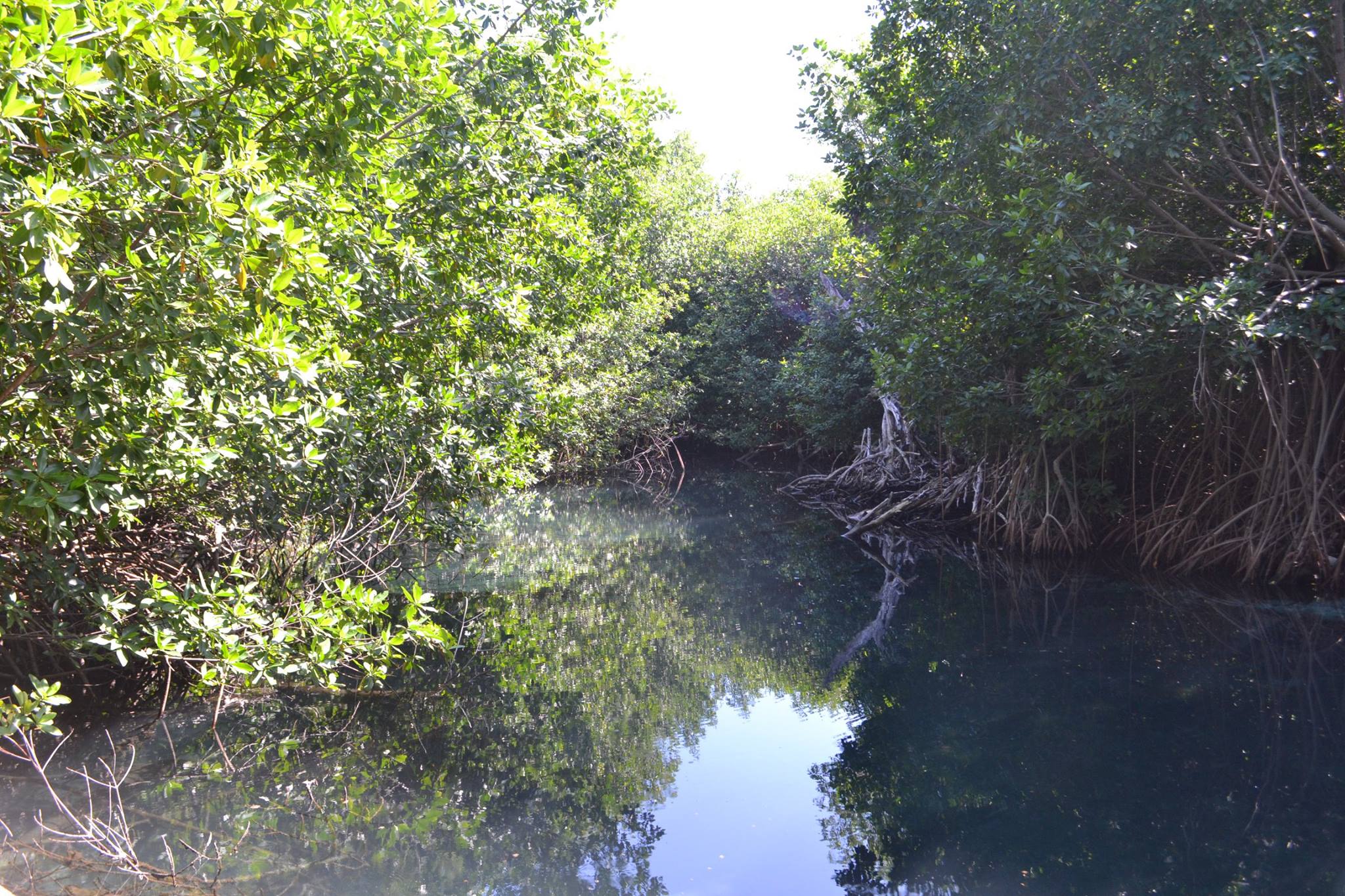Latest News
Mangrove forests have in the past fallen victim to competing land uses, with some of the major threats to their retention and viability coming from the construction of sprawling hotels, tourist attractions and other infrastructure along Jamaica’s coastline. Though the threat still exists, there is a greater recognition of the key functions that mangrove forests provide to the island. These are particularly important because of the increased threats posed to coastal ecosystems and infrastructure from natural and manmade sources.
Located along our coasts, mangrove forests occur where land meets the sea. In addition to providing protection from increased sea-level rise and storm surge, these unique forests provide other invaluable functions. They reduce the amount of land-based pollution which flows out to sea and negatively impacts our coral reefs, as well as serving as a breeding ground and habitat for several species of marine life.
A thriving and healthy mangrove also serves as a sink for greenhouse gases, due to the enhanced ability of this forest type to absorb and store large amounts of carbon.
Like other forest types, mangroves have several layers, each catering to different life forms. In Jamaica our mangroves are home to over 220 species of fish, 24 reptile and amphibian species, 18 mammal species and 200 bird species. These include grunt, parrot and snapper fish; the Jamaican woodpecker, the West Indian whistling duck and brown pelican; crocodiles and lizards; lobster, shrimp and crabs; oysters and various species of algae, sponges and invertebrates such as starfish.
Mangroves serve as a nursery for a number of marine species, with several fish species migrating to the safety of the dangling root-system to lay their eggs or larvae.
Juvenile fish also seek refuge from large predators in the tangled confines of the mangrove trees. It is estimated that 75 percent of game and commercial fish rely on mangrove forests at some point in their lives.
Recognizing the critical functions that mangroves provide, the Government of Jamaica is seeking to afford greater protection and management of these coastal resources through the development of a National Mangrove Management Plan. In support of this, the Forestry Department is currently conducting an island-wide assessment of the country’s remaining mangroves, which will inform the development of the management plan. It is anticipated that the plan can help to tackle the small and large contributors to the degradation and destruction of the remaining stock of mangrove forest.
We can each play a role in the protection of this vital yet rapidly disappearing ecosystem. At the local level, one of the major threats to the resource come from adjacent communities. It will be your responsibility to ensure that you protect these essential resources by discouraging persons from exploiting them for yam sticks, charcoal production and artisanal fish pots.
Help us to protect our mangroves so they can protect your homes and livelihoods. Our island cannot afford to lose any more of these critical frontline forests in the global fight against climate change.



